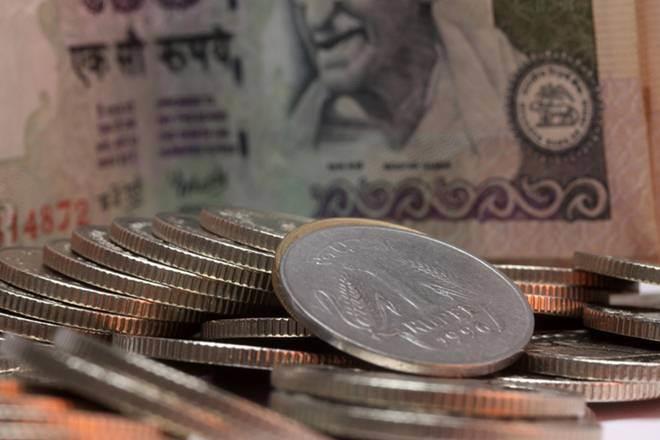We believe that the government will stick to the fiscal deficit target of 3.3% of GDP in FY19 for the time-being. For FY20, fiscal deficit is likely to be Rs6.72 lakh crore or 3.2% of GDP, assuming a modest 11.7% of nominal GDP growth.
However, such fiscal deficit numbers may be optical as of now, as indirect tax collections and even disinvestment receipts are much below target. We expect a cut in capital expenditure by Rs50,000 crore and postponing Rs30,000 crore of revenue expenditure to the next year.
Govt borrowings
For the next year, for the Centre, we are assuming a gross market borrowing of Rs6.50 lakh crore and a net market borrowing of Rs4.13 lakh crore (less than FY19 estimate of Rs4.20 lakh crore). In case of states, for FY20, gross borrowings are likely to be around Rs5.5 lakh crore (10% growth in borrowing normally occurs) and net borrowing at Rs4.1 lakh crore.
Thus total borrowing of the Centre and states combined is expected at Rs12 lakh crore in FY20. However, in order to keep the redemptions in check, we estimate switching of securities worth Rs30,000 crore -Rs35,000 crore, which would bring the gross borrowing for FY20 near the FY19 budgeted gross market borrowing of Rs6.05 lakh crore. We are expecting minimum buybacks in FY20 as the government may be carrying forward a minimal cash balance into FY20.
Borrowings from small savings
There is, however, an underlying trend that is visible from Budget numbers in the last couple of years. As against the budgeted amount of Rs75,000 crore (revised later to Rs1 lakh crore), borrowings through small savings has reached Rs45,396 crore by November 2018. (For FY 18, the government had completed the scheduled borrowing of Rs1.02 lakh crore through Small Savings Scheme). The large funding through National Small Savings Fund (NSSF) is possible in part owing to large interest gap between bank deposits and the small saving rates. The gap between the small saving interest rate (average of PPF and Sukanya Samridhi accounts rate) and average bank term deposit (>1 year) still remains around 98 bps.
However, this may make it difficult for banks to reduce deposit rates and hence lending rates in near future. Interestingly, in the last few months, with bank deposit growth significantly lagging bank credit growth, banks have been increasing deposit rates to protect the possibility of deposit flight from banks.
For the fortnight ended Jan 4, 2019, on a year-on-year (y-o-y) basis, the aggregate deposits have registered a growth of 9.9% or Rs10.85 lakh crore and advances have increased by 14.5% or Rs11.85 lakh crore.
Such widening gap between deposit and credit growth requires banks to manage liquidity by focusing on deposit growth. Thus, it is imperative that we make bank deposits attractive by making it tax free. The next year, may therefore see a hardening of interest rates. The huge redemption pressure may lead to liquidity squeeze and therefore, the government would have to go for switching of securities for longer-term ones, which is the only option foreseeable at the present juncture, in the absence of buyback.
Edited extracts from SBI Ecowrap

